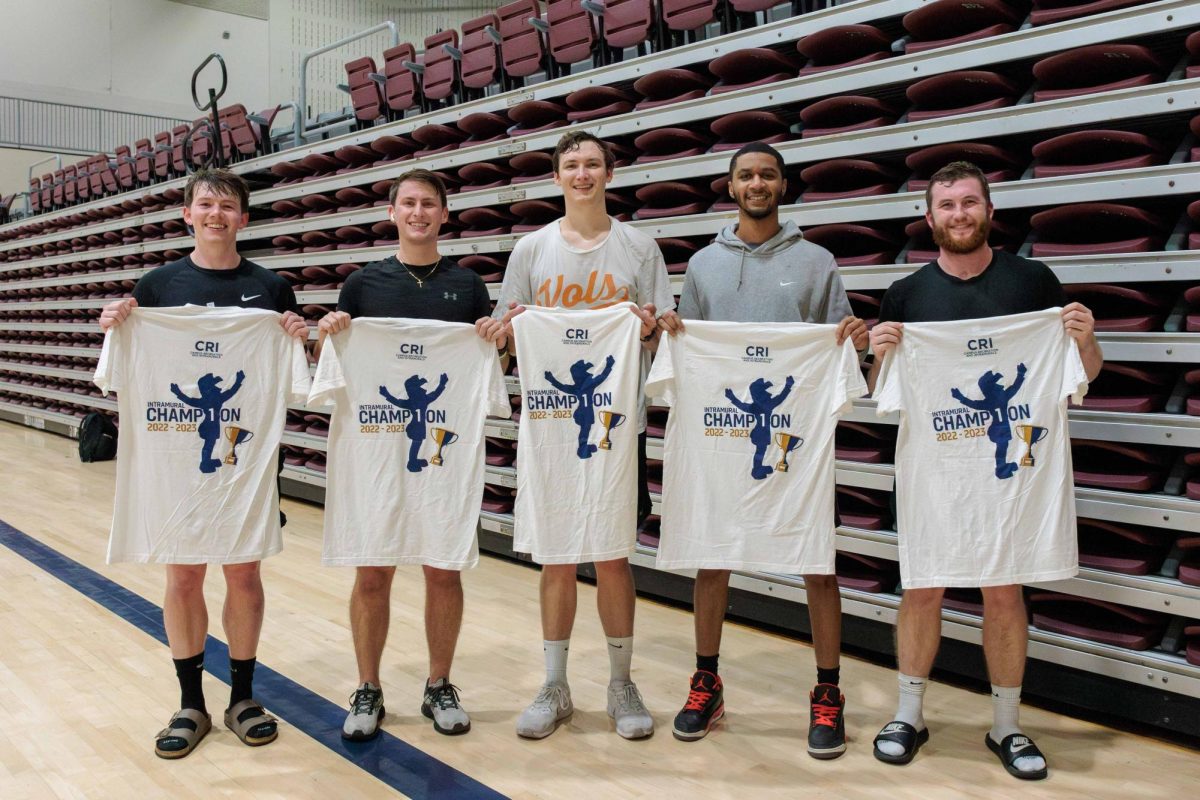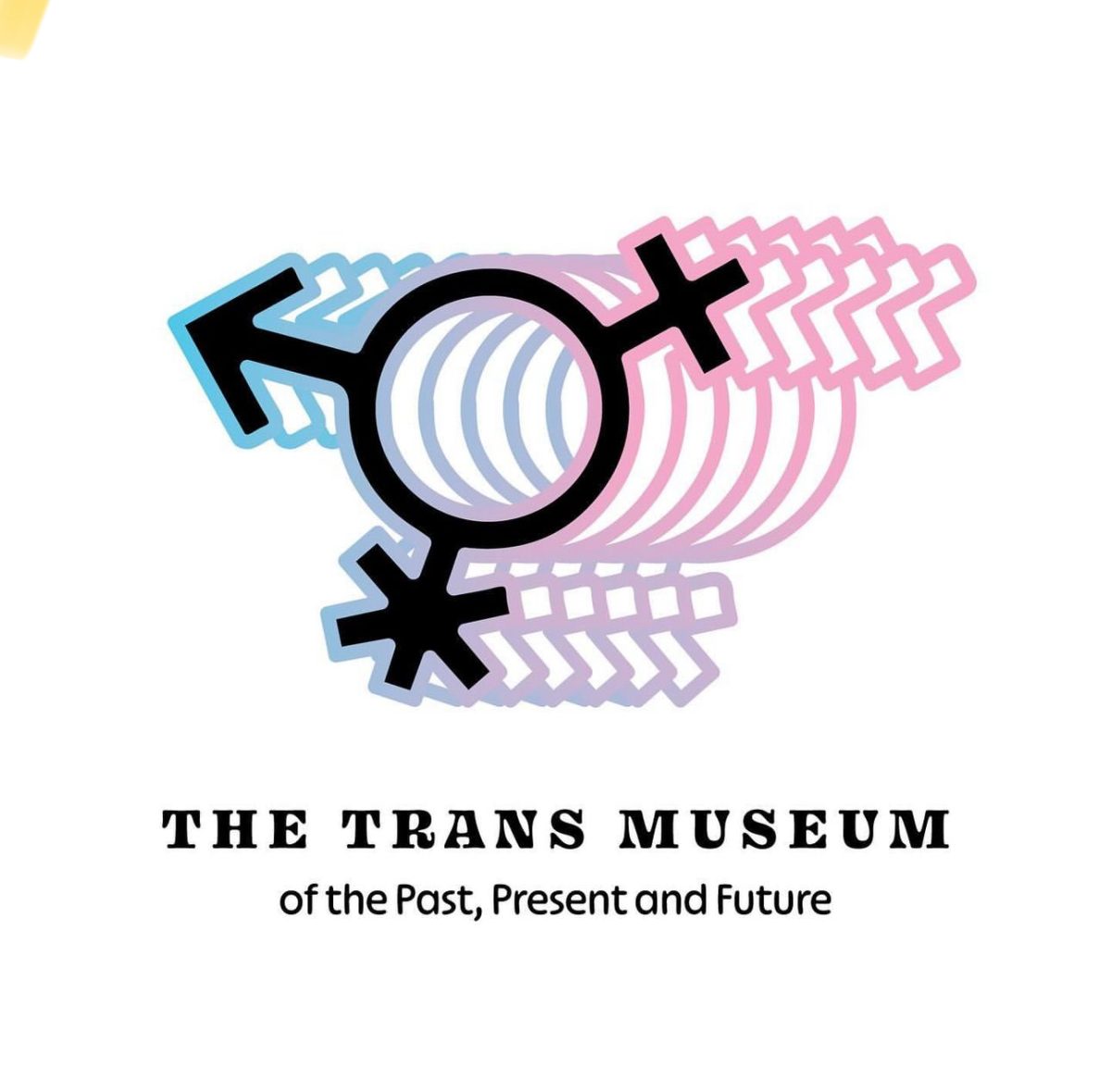By: Stanton Dobson, Copy Editor
copy.inkwell@gmail.com
Nov 6, Dr. Damon Williams, a leader and champion of strategic diversity, led a talk on the necessity for multilevel initiatives to engage diversity. Williams covered a multitude of topics ranging from the correlation between innovation and diversity to the impact of social media on free speech.
Williams also addressed the lingering racial context that arose out of the most recent racial disputes at Georgia Southern.
It is apparent that diversity is a critical aspect of any institution or association. However, it is a complicated task of effectively engaging that dynamic within one’s own community because, as Williams stated, “context matters” and the issue of topic of diversity is multifaceted.
Williams goes on to suggest that the topic of diversity exists at multiple levels and at many scales, and because the context of diversity is so large, in order for diversity to be effectively engaged, it needs to be addressed from across those multiple levels and many scales; the individual has to become just as involved as the institution, if true diversity is to be realized within an institution or association.
Williams presented a three-phase plan that both included initiatives at the institutional-level and at the student/faculty-level for engaging diversity. The plan is scheduled to proceed throughout the new, school year, ending in May, and aims to promote activity and an understanding of this important topic and the implications pertaining specifically to our community. The phases include:
Phase 1, which is thought leadership and relationship building, entails connecting with and understanding Georgia Southern’s minority population.
Phase 2, which is data collection analyses and reporting, entails planning and measuring up the Georgia Southern’s response to the requisite of diversity—is it adequate, is the school doing enough, and who are the school’s efforts aiding?
Phase 3, which is capacity building and technical assistance, involves the actual action on the initiatives; this phase is to include more campus presentations, coaching executive teams, CDO searches and work sessions.
Williams also drew a connection between innovation and diversity. He explained that the crux of diversity is innovation—that diversity comes from not only institutional initiatives but from individual involvement from the faculty, staff, and the student body. Diversity is experimenting with new ideas, trying something new in the classroom, or inviting someone new into your study group—someone different.
He goes on to state, “What we need today is for the younger generation, faculty, and staff to be innovators in diversity issues, and [we need to ask the question] ‘how does that work start today?’”
Ultimately, as Williams explains, the topic of diversity all comes down to who we are as people. It’s not entirely about the big plan or institutional incentive, even though that is also an essential part. To tackle diversity—to make a change in our community for the better involves every individual in the community and involves what we decide. “Do we see diversity or a benefit? It all comes down to our mental model.”






